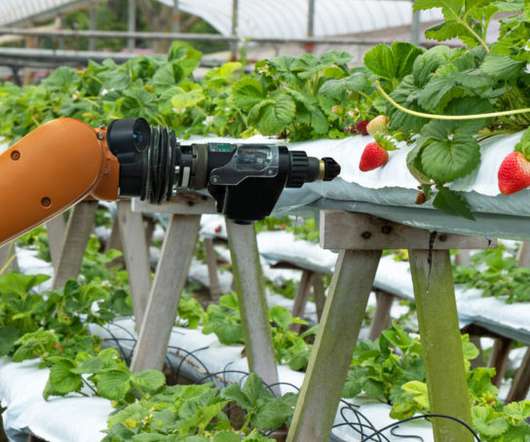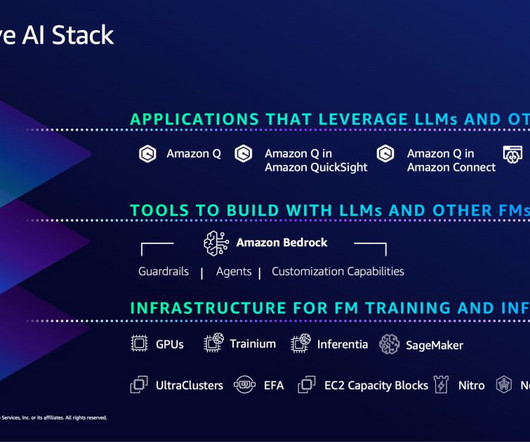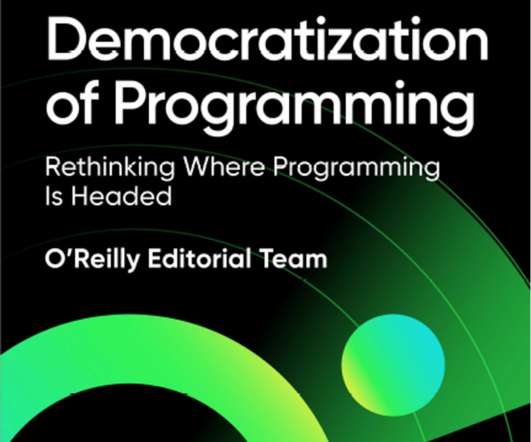Making Sense of IoT Platforms: AWS vs Azure vs Google vs IBM vs Cisco
Altexsoft
MAY 20, 2020
Namely, these layers are: perception layer (hardware components such as sensors, actuators, and devices; transport layer (networks and gateway); processing layer (middleware or IoT platforms); application layer (software solutions for end users). Perception layer: IoT hardware. How an IoT system works. It easily integrates with.














Let's personalize your content